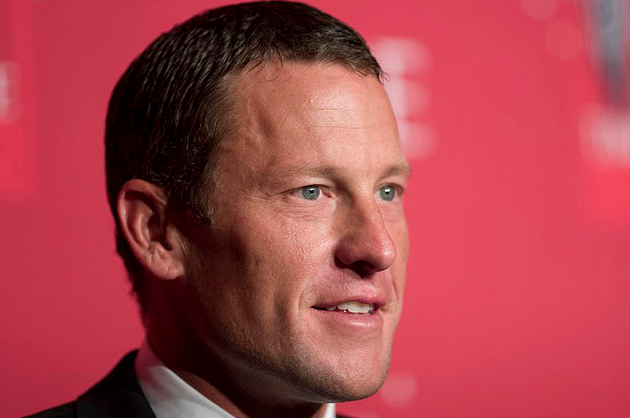What do athletes Tiger Woods, Michael Vick and Mike Tyson have in common? Well, they were all the kings of their games; golf, football and boxing, respectively. Then, as is common when dubbed a ‘celebrity,’ a scandal erupts. Their once top-notch reputations have been broken to pieces.
Now, Lance Armstrong has joined this list.
It makes me sad to see such a pillar of the sports world brought down to his knees. He was once an inspiration to all cyclists and athletes alike. An inspiration to the millions suffering from cancer, watching him day after day recover from his sickness and creating the company Livestrong, that offers free services to help anyone suffering from cancer. After fighting cancer he went on to win one of the most prestigious cycling tournaments, the Tour De France, seven times.
The drama started months ago when he was first accused of using performance-enhancing drugs during his long career, something he was quick to deny. In the meantime, however, the U.S. Anti-Doping Agency had accused Armstrong of leading “the most sophisticated, professionalized and successful doping program that sport has ever seen.” They had testimonies from his former teammates, accusing him of using steroids, the blood booster EPO and blood transfusions.
It was all downhill from there for Armstrong. He was stripped of his Tour de France titles between 1999 and 2005, stripped of his bronze medal in the Sydney Olympic games in 2000 and was banned from cycling competitively. He also stepped down as chairman of Livestrong. For the U.S. Anti-doping Agency, this closes “one of the most sordid chapters in sports history,” as they wrote in their 200-page report detailing Armstrong’s use of performance enhancing drugs.
Surprisingly, this isn’t what has most people utterly furious at Armstrong. Many were still ready to support him, arguing that he was still an exceptional human being, overcoming cancer and starting a foundation that helps cancer patients. Although this part of his reputation remains somewhat intact, he lost a large amount of credibility after finally admitting to using performance enhancing drugs in an exclusive interview with Oprah.
Come on, Lance. After denying it for so long, you finally come out and admit it, after we all knew it was true, on an interview with Oprah? Before this, most of us were mad at Armstrong. Now, we’re all extremely disappointed.
Livestrong issued this statement after that interview aired: “We at the Livestrong Foundation are disappointed by the news that Lance Armstrong misled people during and after his cycling career, including us.” This interview was nothing more than a plea, a last act to try and save his name and it completely backfired—most people saying that it was the worst acting they had ever seen.
“It kind of reminded me of Tiger Woods coming clean,” said Scott Allison to the Los Angeles Times, a psychology professor at the University of Richmond who has studied fallen heroes in American society. “For people like Tiger Woods and Lance Armstrong, it’s so foreign to admit wrongdoing that they are out of their element … It can come across as robotic.”
Lance Armstrong had achieved a lot, there’s no doubt about it. He was one of the greatest athletes of all time, an inspiration to sports enthusiasts and a great human being. There’s no doubt in my mind that he could have achieved greatness without the use of performance enhancing drugs.
In the next few weeks, we hope to see some light shed on the cycling world to determine how deep this drug use goes in the sport and if the cycling system is as corrupt as some people have called it since Armstrong’s fall.
